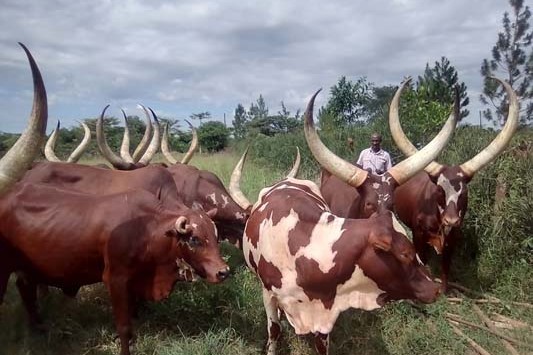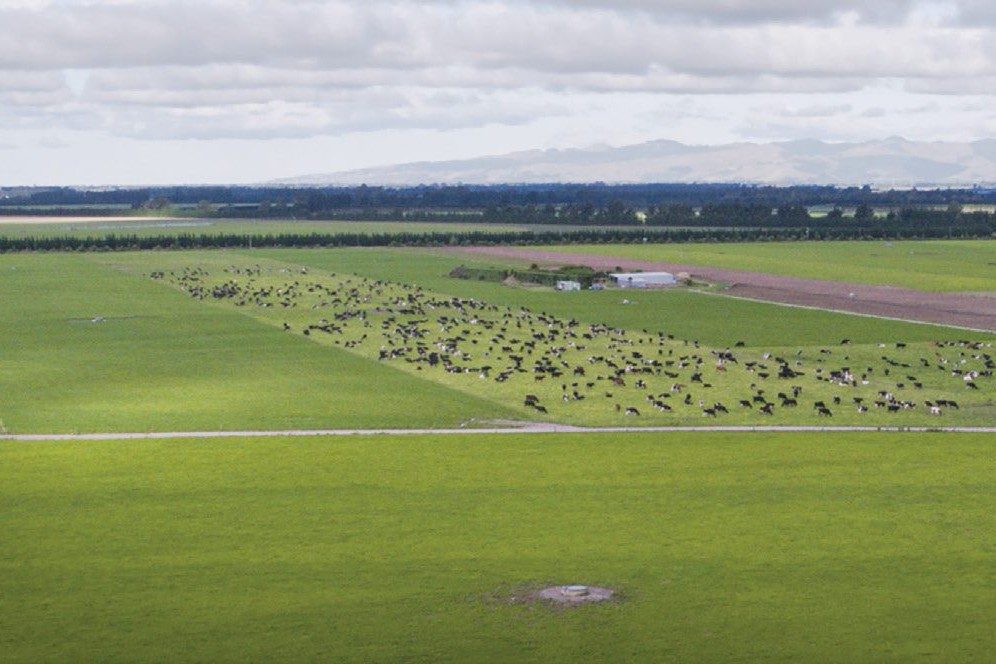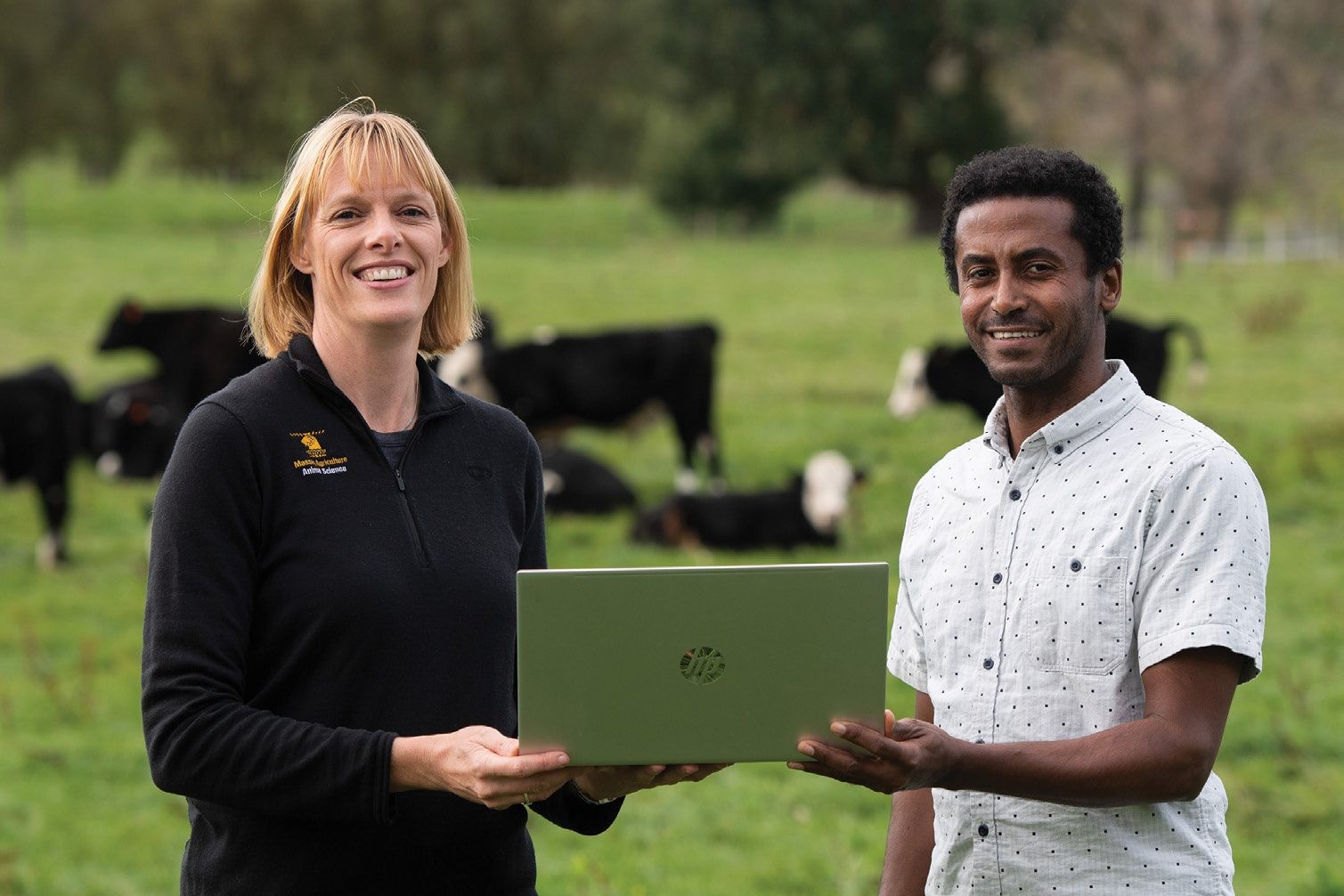Investment is needed in capturing water when it falls, storing it for when it doesn’t, and conserving and using best irrigation practices when we need it most, Irrigation NZ CEO Vanessa Winning writes.
One of the highlights for the irrigation sector, and for farmers and growers’ futures, that came out last year was the development and publishing of the Water Availability and Security paper. It was led by the Ministry for Primary Industries (MPI) and worked on by several people within the productive sector, along with water storage being one of the key areas of focus for the Government’s Fit for a Better World roadmap.
This paper highlighted the need to be ready for the changing climate we are already facing in New Zealand, as well as the need for water as a key resource to decarbonising our existing food and fibre sector. It highlighted areas of most extreme weather fluctuations and most particularly dry spots that we need to work on quickly, as well as emphasising the water conservation elements we could undergo now.
NZ has been underinvesting in new water capture and storage for decades for both productive use, community use and potential hydroelectricity generation. We know that it is getting drier in some parts of the country year on year, and we are experiencing more extreme weather volatility in other parts too.
The best way to mitigate weather is to plan for it – and for our food and fibre sector that means more investment in capturing water when it falls, storing it for when it doesn’t, and conserving and using best irrigation practices when we need it most.
Unfortunately, this has been hit by two major snags – one is that we generally get good rainfall a lot of the time, so we become complacent and don’t save for that non-rainy day; and two there has been a demonisation of irrigation with links to environmental damage or an excess of stocking rate for animal agriculture. Both of which are untrue. Every plant needs water at the right time in its growing cycle to be the most productive plant it can be – be that grass, avocados, hops, grapes, kiwifruit, or apples. Most animal agriculture in New Zealand does not completely rely on irrigation, though this may change with the weather changes. Every fruit and vegetable or arable crop needs it to survive. Rain doesn’t always fall and even less so, fall at the perfect time in the growing cycle that it once did – a very good example is where the Bay of Plenty kiwifruit growers are now needing to irrigate more than in the past when the weather gods were a bit kinder.
People mistake effluent spreading – the most efficient use of naturally occurring fertiliser you can get, as irrigation, and while we use the same methods, capture, storage, and efficient use of effluent in a dairy system is not the same as capturing and storing water – though they both play an important part in an efficient dairy farm. More and more farmers, and in particular dairy farmers will need to rely less on water from rivers and need to invest more in creating onfarm capture or investing in larger off-farm irrigation schemes as a collective. If we want more mixed production farms, where we use land in multiple ways across a farm’s landscape, we are going to need to invest even more.
The Waikato is a prime example – it is dry, hot, and parched right now, and this is becoming the new norm for late summer – on average we are getting less rain at this time of the year, and that has a big impact on our dairy herd and production.
We are seeing more restrictions on the takes from the Waikato River and other rivers connected to it as the flow needs to remain to keep the ecology thriving for both the sake of the river as well as our ability to use that water in the future. This means farmers and growers collectively working together to capture and store water when we need it least, i.e., when it’s bucketing down and we can’t use it, so we can use it when we do need it and the rivers are parched.
An excellent example of how important that can be was the two flood events in Canterbury last year where if we hadn’t had dams to fill when we had torrential rain, the impact on the town communities would have been far greater with the water having no other place to go. The Waikato, as our farmers move to planting crops, and vines, recreating wetlands and putting in a few avocados, will require more water not less, and if we want to give farmers more options to go away from monoculture farming systems, we will need to have the one resource available to them that gives options – water.
This leads me to my most important point – water storage, capture and use is not a productive-sector-only issue – the MPI report outlines the importance to our sectors, but it is a whole-of-community solution, and one where we need to continue to work with urban needs and iwi interests and get the best solution for all of us – instead of a biased pushback on much-needed investment. We are already working in catchments to improve our impact across the country and across sectors, we need to take the same approach to water storage and capture – it’s a lifeforce we all benefit from.





